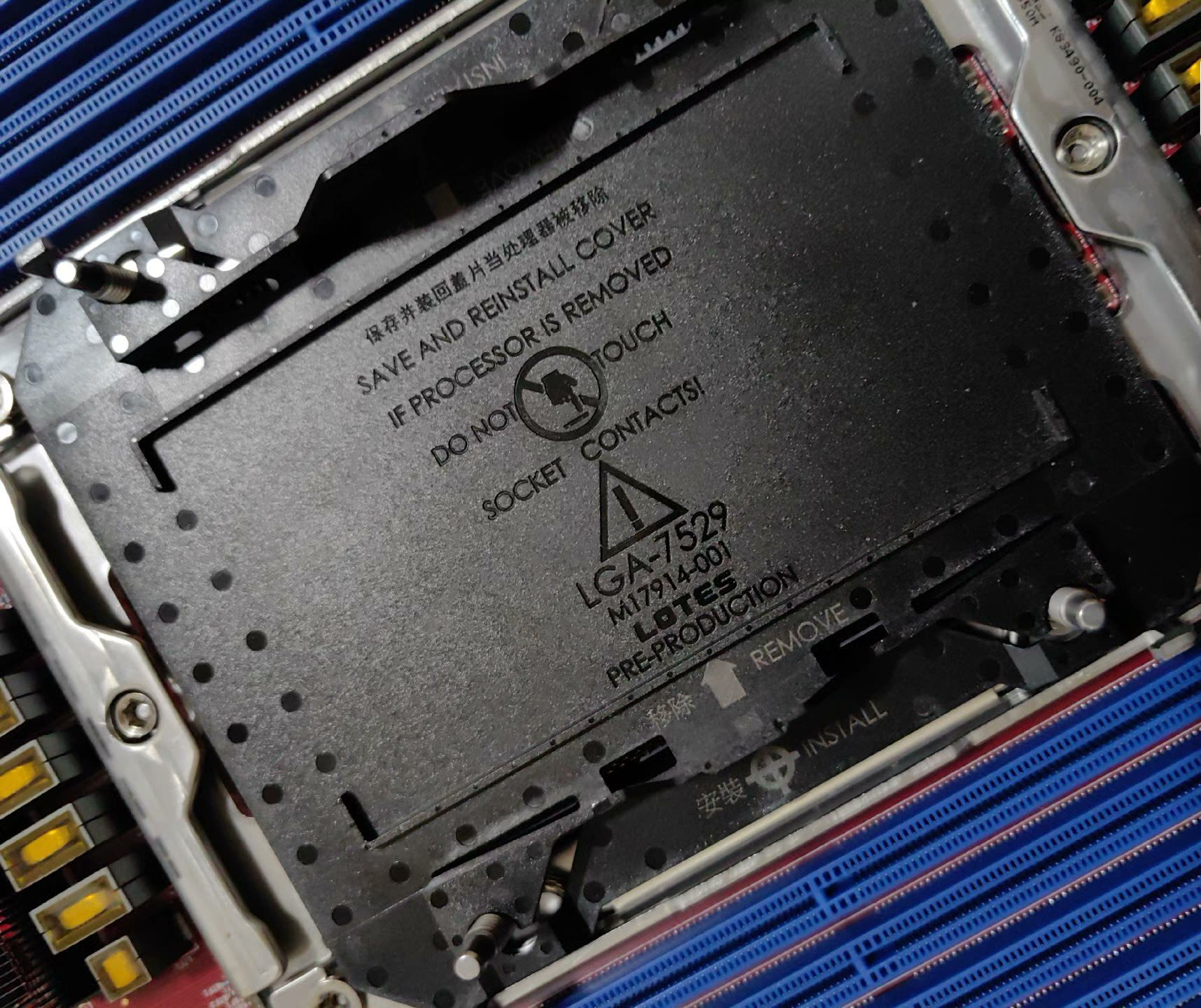
Intel's upcoming Sierra Forest server chip has leaked onto Geekbench 6 with impressive multi-core performance (via BenchLeaks). Sierra Forest comes with up to 144 efficiency cores, and it's slated to arrive in the first half of 2024. The server CPU is expected to compete directly with AMD's Zen 4c Bergamo server CPUs and ARM-based server chips like those made by Ampere.
The Sierra Forest server tested on Geekbench 6 used a dual-socket configuration of two 144-core Sierra Forest CPUs. There is a 288-core version of Sierra Forest on the way, but Geekbench makes it clear that two CPUs were used.
With a multi-core score of 7,770, this dual-chip Sierra Forest machine is pretty fast. Most dual-socket systems equipped with Intel's top-end Xeon Platinum 8480+ score roughly between 6,500 and 7,500 on the Geekbench 6 database, and we've selected a result that's roughly in the middle. Of course, the single-core performance of Sierra Forest is much worse and isn't even half that of the 8480+.
That's all by design, though. The Sapphire Rapids-based 8480+ has 56 Golden Cove performance cores compared to Sierra Forest's 144 Glen E-cores, and P-cores are individually fast while E-cores are slow. However, E-cores are generally more efficient in terms of area and power, and Sierra Forest is expected to come in handy for servers where multi-core performance is all that matters.
Of course, the elephant in the room is AMD's Bergamo server CPUs, which take a pretty similar approach to what Sierra Forest does. Bergamo uses Zen 4c cores, which are architecturally identical to Zen 4 but have significantly reduced area and power consumption. This Geekbench 6 result, which is also about middle of the road, pretty much steamrolls both Sierra Forest and Sapphire Rapids in multi-core performance.
Though, the obvious caveat is that this Sierra Forest result comes from a pre-release system. For all we know, it could be massively underperforming on the multi-core score, and maybe also the single-core score too. It's also possible that Sierra Forest will come with unique instructions or other features that Geekbench can't really account for; it's how Intel got tapped for a Microsoft Azure instance that used AMD's MI300X GPUs, as Sapphire Rapids has AI-accelerated instructions.
Additionally, the benchmark also detailed Sierra Forest's cache configuration, but it's not clear if these specifications are accurate. We had expected Sierra Forest to have quad-core clusters that each had 4MB of L2 cache, which would mean 36 clusters on a 144-core chip, but Geekbench says there's just 18 clusters. However, there's also a reported 108MB of L3 cache, and since each cluster is supposed to come with 3MB of L3 cache, that would come out to 36 clusters.
We can probably assume Geekbench 6 just got the amount of L2 clusters wrong, which would mean a total of 144MB of L2 cache per CPU. That means Sierra Forest's combined L3 and L2 cache is 252MB, which is pretty big though still smaller than Bergamo's L3 cache on its own, which is 256MB.







